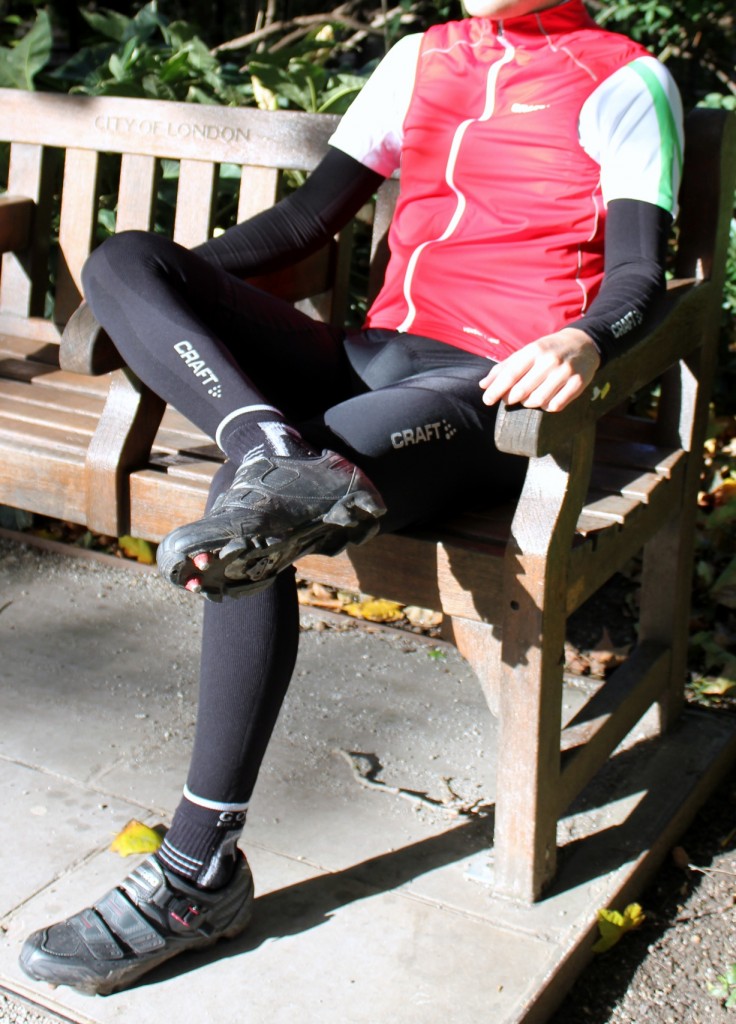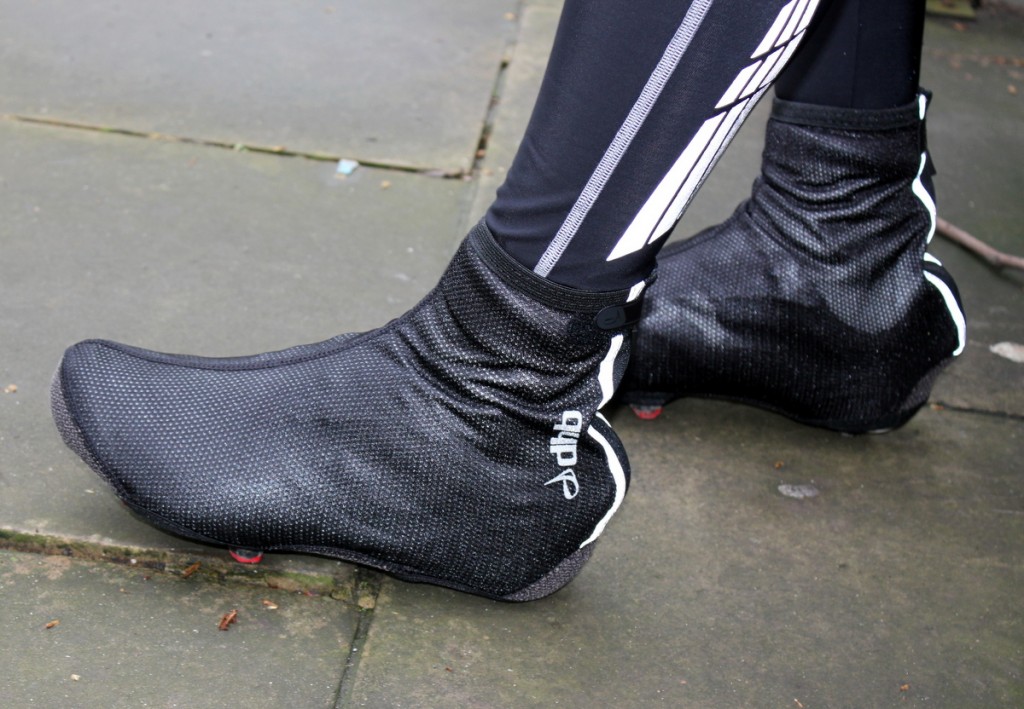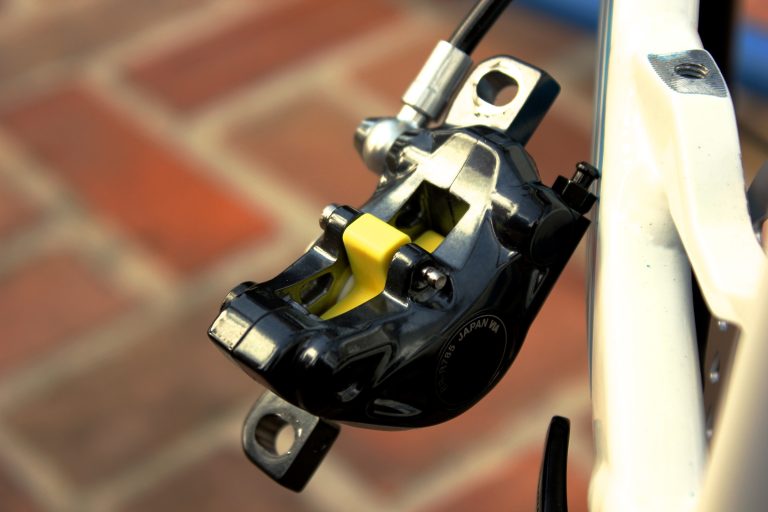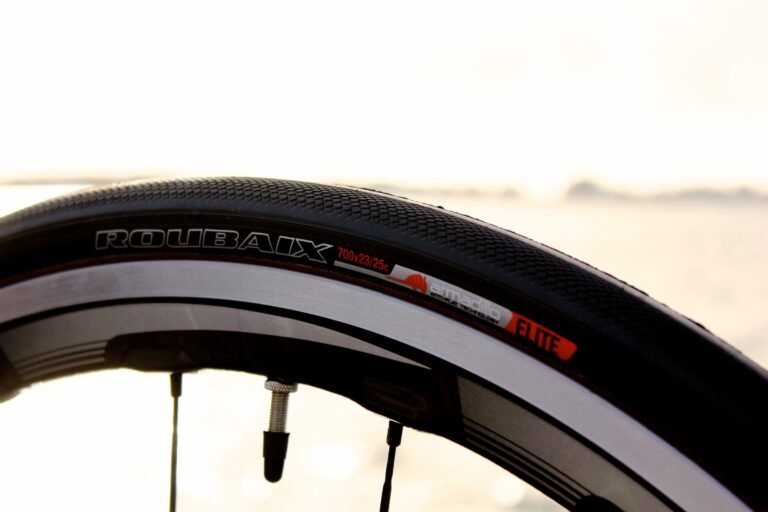With the previous week presenting a mixed bag of weather conditions, I found myself reaching for items of clothing that had lain in drawers and hung in wardrobes for months.
Of the many pieces of good advice handed to me over the years, the best, I think, relates perhaps more to attitude than attire: “There’s no such thing as bad weather, just the wrong kit.” This has motivated me to kit up and roll out in some foul conditions, and resulted in some of the most memorable rides that I’ve had.

I always try and keep my kit in “the Goldilocks zone” – neither too hot, nor too cold. To achieve this, I have two main rules: dress for how you’ll feel ten minutes into the ride, and not how you’ll feel when you leave your front door. Inevitably, you will warm up and be sweltering before you know it, leaving you looking like a packhorse rather than the pro cyclist we all want to resemble.
The second rule is adaptability. This takes in several strands. On all but the hottest days of summer, I use a base layer. These might vary in weight and warmth over the seasons, but they help with moisture management and temperature control. Man-made base layers are good but I would suggest merino if the winter starts to bite.
Over the base layer, I typically opt for a short sleeved jersey as my mid layer (or top layer if it is warm enough), and then add warmers, which, because of the ease with which they can be removed, all me to control temperature during a ride (I have summer and winter weights in these, too). Knee warmers are also a favourite, and the subject of another pearl of wisdom passed to me in my formative years: “If it’s below 20 degrees, cover your knees!”.
We’re now ready to consider additional top layers. You will find that a gilet is an invaluable item for just keeping your torso warm and the wind off. If it is a little colder or rain looks likely. you can start to look at light Roubaix jackets and/or lightweight waterproof shells. The key in all of this is to make sure that unless the weather looks set in that you have garments that can be stowed in your jersey pockets for variable conditions. Other garments such as neck gaiters (available again in man made or merino), skullcaps and headbands allow the fine-tuning on a ride to keep you comfortable.

And so to the hands. As with other items, there are a multitude of options available. I personally use a thin full finger Roubaix glove until the dial has hit single figures and then go to either a full neoprene glove, or a bulky, more insulated glove depending what mood takes me. As with any aspect of cycling, and indeed life, there is an element of personal choice and feel about this.
Lastly, the feet. I have personally always worn a merino or a Thermolite-type sock in autumn, winter and spring. Be warned, these can be considerably thicker than the lightweight cotton items that the designers of cycling shoes seem to use as their own test model.
To be entirely sure of sealing your feet from the cold, a light shoe cover can be useful, even at this time of year, and offer the advantage of preventing your nice white race slippers from ending up a nasty off-grey colour from road grime. As the rides get colder, I swap into a full neoprene winter overshoe, these are available with and without zips depending on personal preference. The neoprene is super stretchy on the non-zip versions, and I find they are more comfortable than other fabrics when worn.
So there you have it: some of the hard won lessons of my quarter century as a century as a cyclist. Hopefully, they’ll keep you out on the bike and warm, and we’ll take a look at more winter specific clothing as the season progresses.





